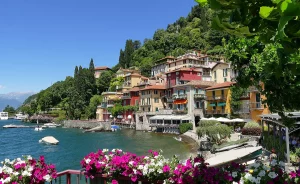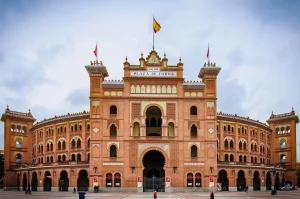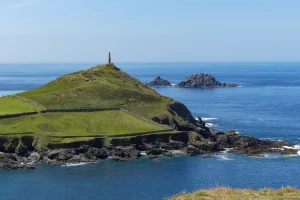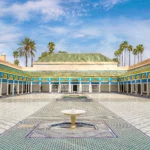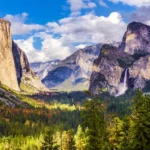A few kilometers south of Corfu shines Paxos, a tiny island covered with olive trees and surrounded by coves with turquoise waters. It is the smallest and most secret of the Ionian Islands, the archipelago in western Greece that includes Corfu, Lefkada, Cephalonia, and Ithaca. Small picturesque villages, majestic beaches, olive trees, warm hospitality… Portrait of an island that breathes the authenticity of the Greek islands.
Paxos, a legendary beauty
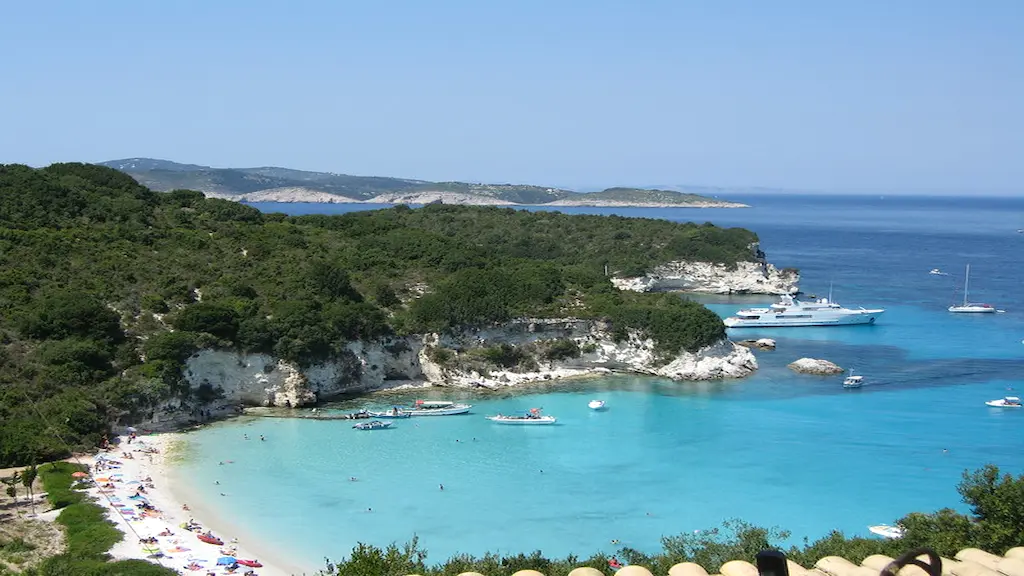
According to Greek mythology, it was the god of the sea Poseidon who created the island of Paxos to build a loving refuge for his wife Amphitrite. From a trident blow planted in the southern tip of Corfu, small pieces of land were detached and formed the beautiful island of Paxos and its small islets (Antipaxos).
Off the western coast of Greece, the smallest of the Ionian islands (25 km²) is home to charming fishing ports, where boats swim in translucent water. A chic paradise, still preserved, which attracts sailboats and luxury yachts, and also villa owners who appreciate the calm of this exceptional resort. The population of Paxos is about 2500 permanent residents against nearly 200,000 visitors during the summer season.
In Paxos, as in its neighbor Corfu, one finds the influence of the Venetians in both the architecture and the vegetation. Facing Italy, the island is famous for its vast olive grove that covers the entire hinterland. More than 300,000 olive trees have been planted and cultivated since the 15th century to supply the entire Republic of Venice with olive oil. The landscape is therefore very green compared to other volcanic Greek islands.
What not to miss in Paxos
Gaios, the capital of the island
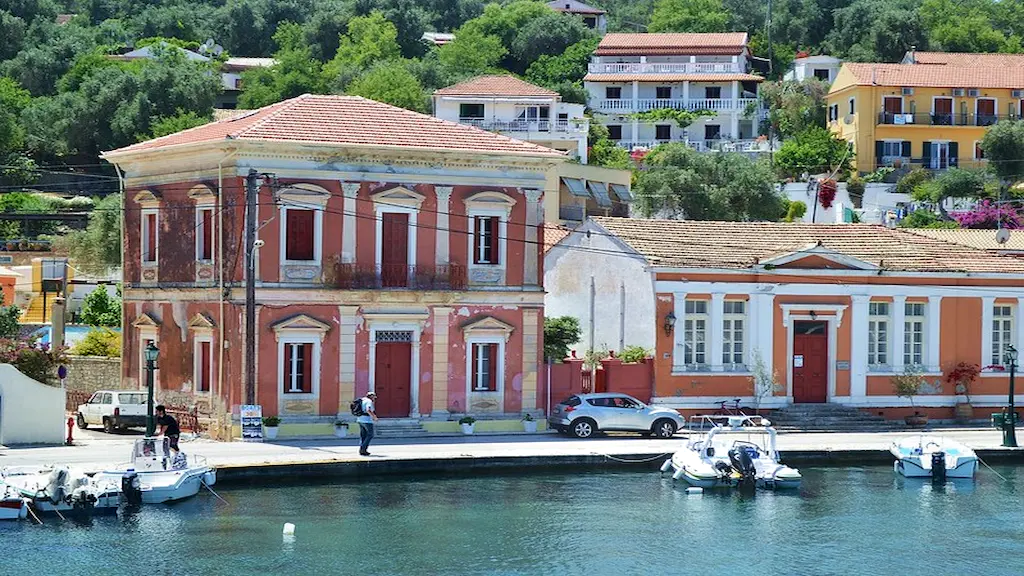
port of Gaios is a charming little town that is both peaceful and lively with stores and olive oil vendors. Gaios is the main port of the island, with all its sailboats and yachts moored here. It is here that ferries dock from Corfu or the Greek mainland.
We like to stroll in its small streets with whitewashed houses, its art and deco galleries, admire its colorful Venetian style buildings, have a drink at the terrace of a tavern on the seafront.
Gaios is set in a bay formed by two small islands, Panagia and Agios Nikolaos. On the latter is an ancient Venetian fortress built to repel invasions.
Lakka and Longos
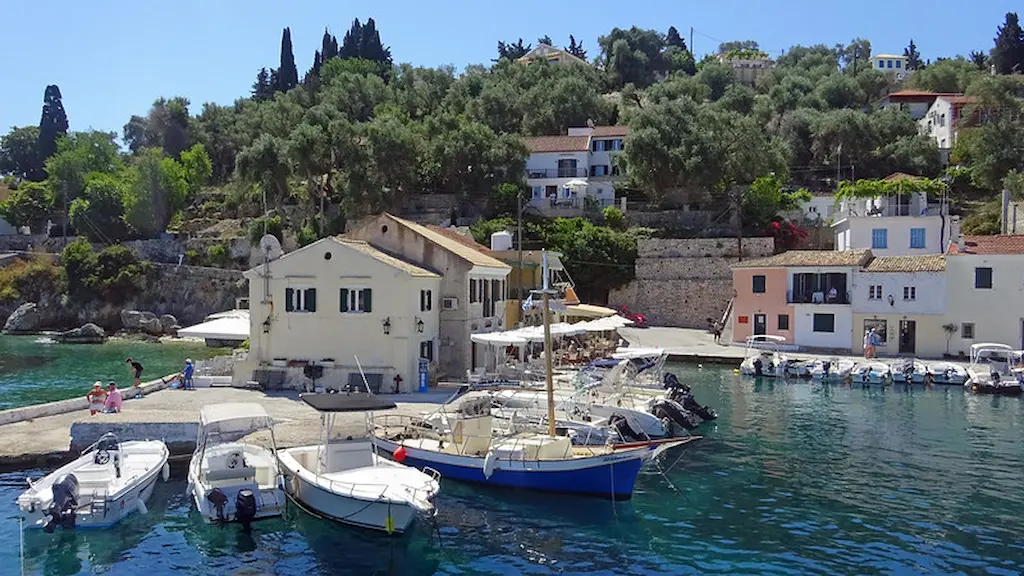
In the north of the island, we discover the small port of Lakka located in a magnificent bay with waters that make you dream. It is easy to understand why the boats come here to dock. The place is surrounded by a hill of olive trees and cypresses offering a spectacular view. The port of Lakka is very lively in the summer, lined with restaurants where you can lunch and dine on fresh, local products. Around Lakka, the lighthouse with its spectacular view of Corfu and Greece, the Venetian house of Grammatikeika, and the Byzantine church of Ypapanti are not to be missed.
Still in the north of the island, Longos is similar to Lakka but smaller and quieter. It is a very colorful port and also very flowery in summer. Some of the tavernas’ terraces border the water and the boats. It is a charming place, very picturesque where you can feel the Greek authenticity.
- Boat trip to the caves
The western coast of Paxos is adorned with white chalk cliffs in which the sea and the waves have carved out beautiful caves and arches. Only a boat trip allows one to admire some rock formations like the blue cave. The name of the cave comes from the turquoise blue of its waters. It is one of the best diving spots in Paxos.
Go to the port of Gaios, Longos, or Lakka to rent a boat with or without a license and go around the island to discover the inaccessible coves on foot.
- Hiking on the trails
Discovering the island on foot is a pure delight. Several hiking trails crisscross the island, crossing the olive groves delimited by old white dry stone walls. The interior of Paxos hides about twenty hamlets, small churches, orthodox chapels, hills offering superb panoramic views of the Ionian Sea… It is not uncommon while walking to come across old abandoned olive presses, small villages with walls decorated with bougainvillea, and their arbors covered with vines…
The Arch of Tripitos
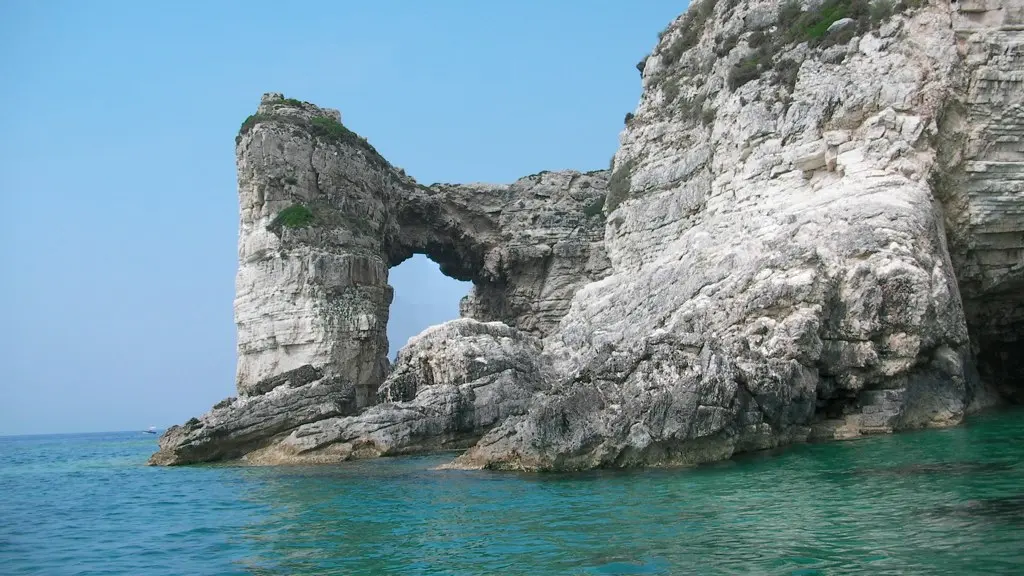
This natural rocky arch is located at the southern end of the island and overlooks the sea at a height of 20 meters. To reach it you have to drive from the village of Ozias and then walk to the cliff. The site is difficult to access and is not well signposted, so it is best to see the arch from the sea during a boat trip to the island of Antipaxos.
Antipaxos
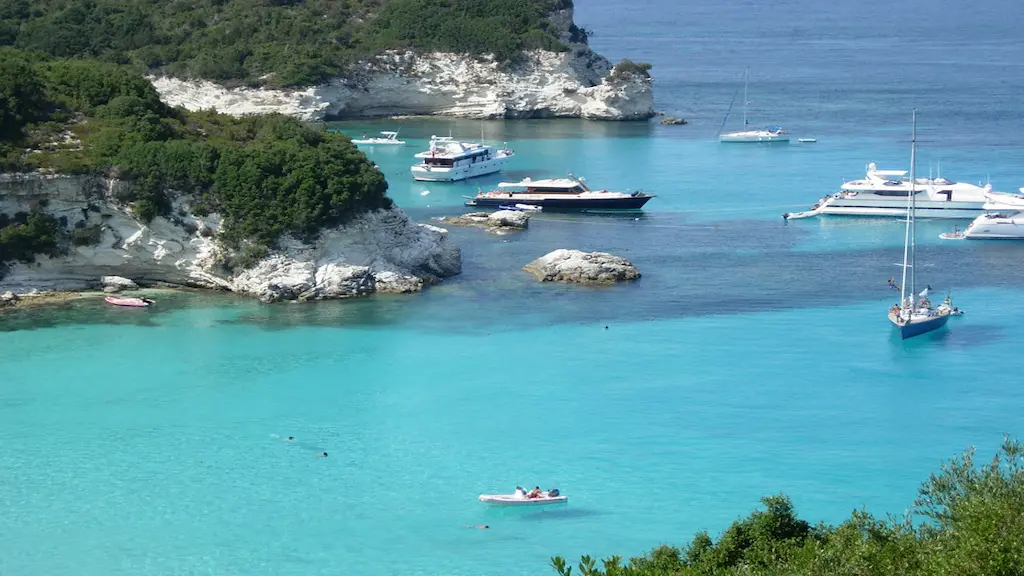
2 km from Paxos, the island of Antipaxos is a real postcard. This small island of only 5 km² is surrounded by sublime beaches of white sand and turquoise waters. The beaches of Vrika and Voutoumi have nothing to envy the Caribbean beaches: fine sand and transparent waters suitable for swimming or diving.
There are no hotels in Antipaxos, only a few privileged villas for rent, scattered houses, and two restaurants on the waterfront. This heavenly place where one comes to spend the day is accessible by boat from Gaios.
The most beautiful beaches of Paxos
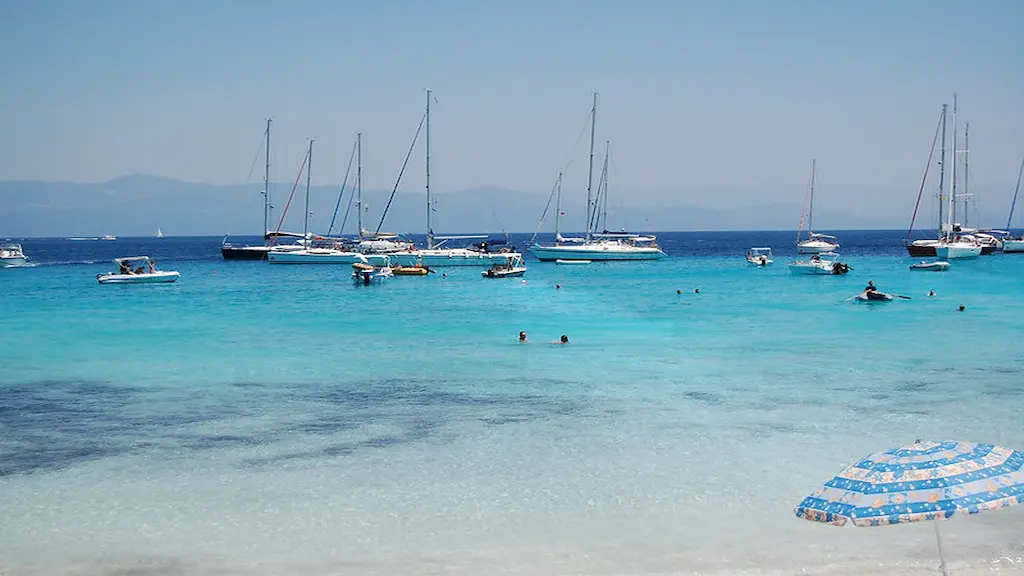
Although the island is small, Paxos has a multitude of beaches. Some of them are deserted, difficult, or even impossible to reach on foot. Others are more frequented, especially in summer around the main cities. The beaches and coves of Paxos are mostly covered with pebbles and stones, the only one with sand is that of Mongonissi. However, they all have one thing in common: they are all bordered by blue and transparent water.
– The beaches of Lakka in the north of Paxos: Kanoni and Harami Beach, two small beaches with turquoise blue water, white pebbles, and trees to get some shade. The water is calm, there are few waves. On the beach of Harami, you can practice various water sports.
– Orkos beach (north-east of the island) is a cove famous for its clear waters where you can observe small fish with a mask and snorkel.
– The beach of Monodendri is the largest on the island, and also the most animated and frequented: sunbeds, umbrellas, beach bar. Close to Longos, this popular beach is easily accessible by car.
– The beaches around Longos are easily accessible: Levrechio, Marmari, Kipos, and Kipiadi are certainly covered with pebbles but offer transparent waters and beautiful vegetation in the background.
– In the south of the island, in an enclosed bay, is the beach of Mogonissi, the only sandy beach of Paxos. It is appreciated for its calm waters. It is a very family beach.
– The beach of Galazio, on the west side of the island, is only accessible by boat, but the view from above from the hiking trail is also spectacular. The milky blue color is hypnotizing.
– On the west coast of Paxos, the beach of Erimitis has to be deserved (it can be reached by a steep path or by sea). Once down, the reward is great: a beautiful cove surrounded by white cliffs bathed in crystal clear water. You should know that it is following a landslide in 2008 that this beach appeared.
How to get to Paxos?
The best way to get to Paxos is to fly to the island of Corfu (12 km north of Paxos), then take a shuttle boat to the port of Corfu.
Taking the boat from Corfu to Paxos
Once you arrive at Corfu airport, you can take a cab in less than ten minutes to the port where different boats leave for the island of Paxos (water cab, ferry, or hydrofoil). It takes about 1 hour to 1.5 hours to get to the port of Gaios and about 20 euros per person for a round trip. In season, there are several connections per day.
When to go to Paxos?
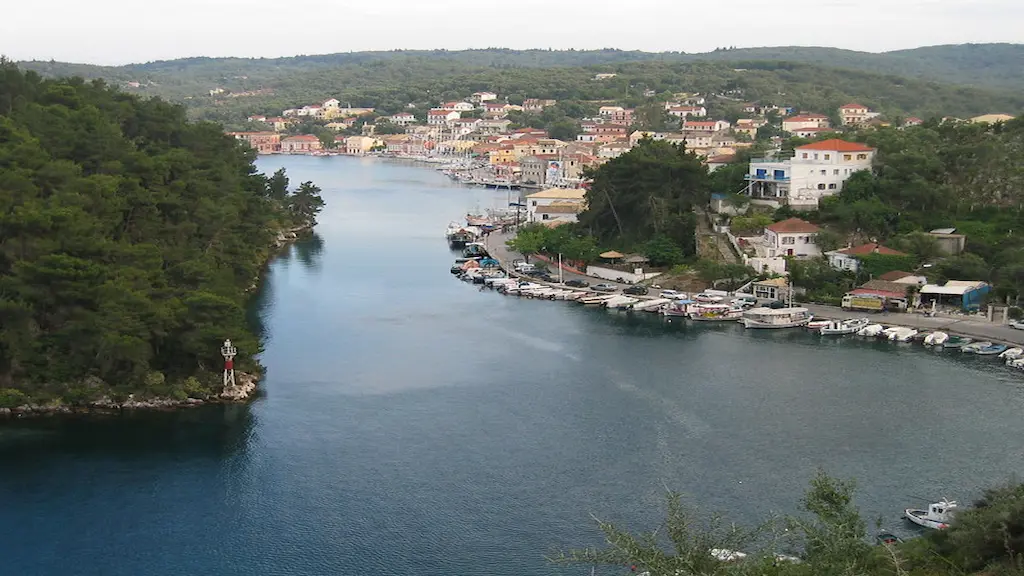
The climate of the island of Paxos is similar to the one felt on the Greek mainland. The only difference is that there is a lot of rain between November and March. The months of July and August are very hot and dry.
Average temperatures: from 10°C to 15°C between January and April, from 20°C to 26°C between May and August and from 11°C to 23°C between September and December.
The best time to stay in Paxos is between May and October, to enjoy the beaches and a water temperature between 19°C and 26°C. If you prefer the quietness of the resorts and the less crowded beaches, go between May and June or September and October. The price of accommodation is more affordable and there is more availability.
How to get around on Paxos?
The island of Paxos is not very big: about 10 km long and 2 to 3 km wide. So you will have no problem moving around on foot, by bike, or by scooter on the island. Four car rental agencies are present on the island, at the arrival of the boats at the port of Gaios. This is by far the best way to explore the roads of Paxos.
In summer, the main villages of the island are served by a local bus. On the other hand, remote areas are difficult to access.
Cabs are also available to take you to places of interest on the island. Their numbers are available in all the ports of Paxos.
Finally, hiring a boat is an excellent idea to discover the hidden coves and caves of the Paxos coastline. Sailboats, catamarans, motorboats, yachts, caiques with or without skippers.
Also Read: When and How to Make el Dia De Los Muertos in Mexico?

